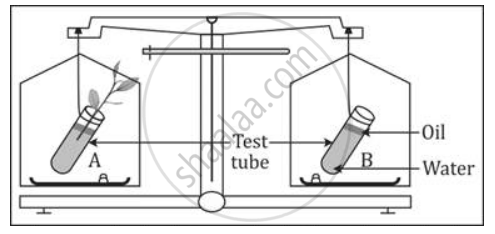Advertisements
Advertisements
Question
Column ‘II’ is a list of items related to ideas in Column ‘I’. Match the term in Column ‘II’ with a suitable idea given in Column ‘I’.
| Column I | Column II |
| (i) Transpiration | (a) Cacti plants |
| (ii) Movement of water | (b) Stomata |
| (iii) Guttation | (c) Maize plant |
| (iv) Low rate of transpiration | (d)Xylem |
| (v) The high rate of transpiration | (e) Hydathodes |
Solution
| Column I | Column II |
| (i) Transpiration | (b) Stomata |
| (ii) Movement of water | (d) Xylem |
| (iii) Guttation | (e) Hydathodes |
| (iv) Low rate of transpiration | (a) Cacti plants |
| (v) The high rate of transpiration | (c) Maize plant |
APPEARS IN
RELATED QUESTIONS
Transpiration pull will be maximum under which set of the following conditions?
Which of the following statements are true and which ones are false? Give reason in support of your answer.
Some desert plants have sunked stomata on their leaves.
Why are the stomata in most plants more numerous on the lower surface of a leaf instead of being on the upper surface?
Given below is an apparatus which has setup to investigate a physiological process in plants. The setup was placed in bright sunlight. Answer the questions that follow:

Why was the pot enclosed in a rubber sheet?
The figure given below represents an experimental setup with a weighing machine to demonstrate a particular process in plants. The experimental setup was placed in bright sunlight. Study the diagram and answer the following questions.

Define the above mentioned process.
Give Reasons for the following:
Plants absorb more water than their requirement
What are lenticels? Where are they found?
Explain the Term
Transpiration
Explain the Term :
Wilting
Write the functional activity of the following structure:
Cuticle
